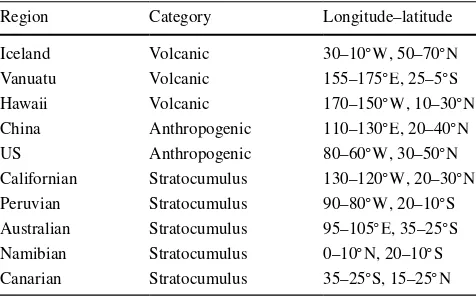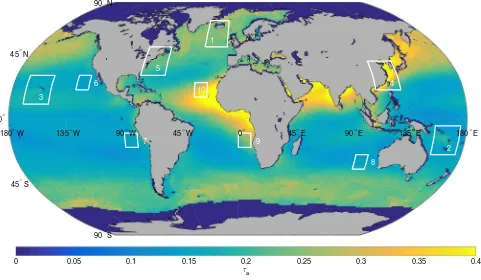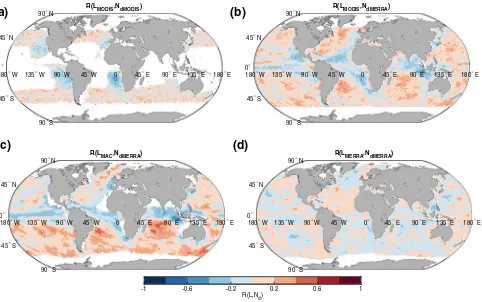Assessment of aerosol–cloud–radiation correlations in satellite observations, climate models and reanalysis
Full text
Figure




Related documents
Since domestic credit is growing at a constant rate µ, and since the shadow exchange rate depends on the path of money supply, we have that the shadow exchange rate will depreciate
National authorities can become more responsible and accountable agents of global governance by pursuing performance, process, and cognitive legitimacy. And their actions in
• It should be intensive, ongoing, and connected to practice. • It should focus on student learning and address teaching of specific curriculum content.. • It should align
We show that a sufficient condition to yield an optimal PAPR distribution with a critically sampled FTN multicarrier transmitted signal is to specify pulse shapes as tight
Both patches were taken from the same image in the Lytro stack, so that the patch that was in-focus simulated accommodation at that plane, and the patch that was out of focus
Recently, global optimization algorithm is widely applied in optical design, regardless of fixed focal lens or zoom lens system.. The design parameters of optical system are
metode TOPSIS adalah metode yang paling lengkap dan paling tepat digunakan dalam menyelesaikan masalah pengambilan keputusan dari beberapa kriteria (atribut) dalam
Implementing Enterprise GIS: Designing, Testing, & Monitoring Jim VanOstenbridge, Solution Architect jvanostenbridge@esri.com.. Andrew Sakowicz, Enterprise Implementation Team





